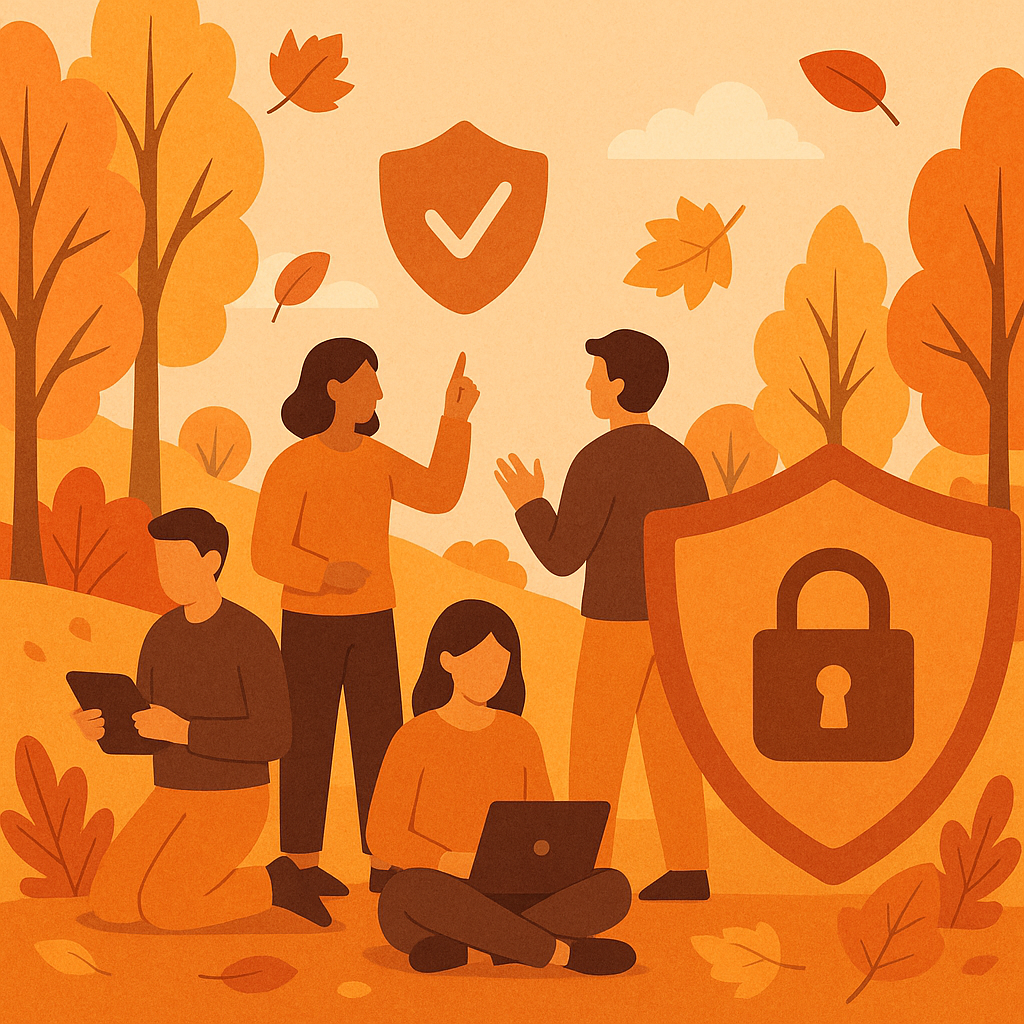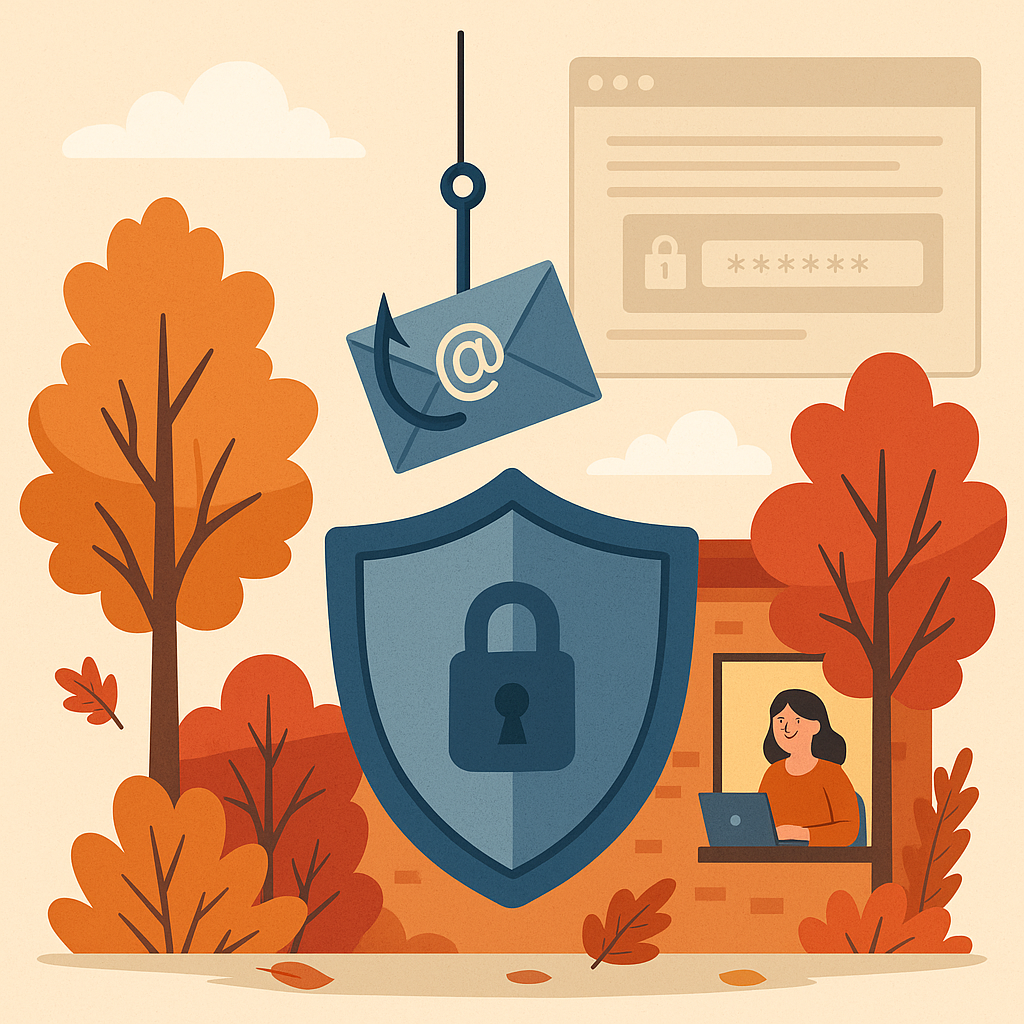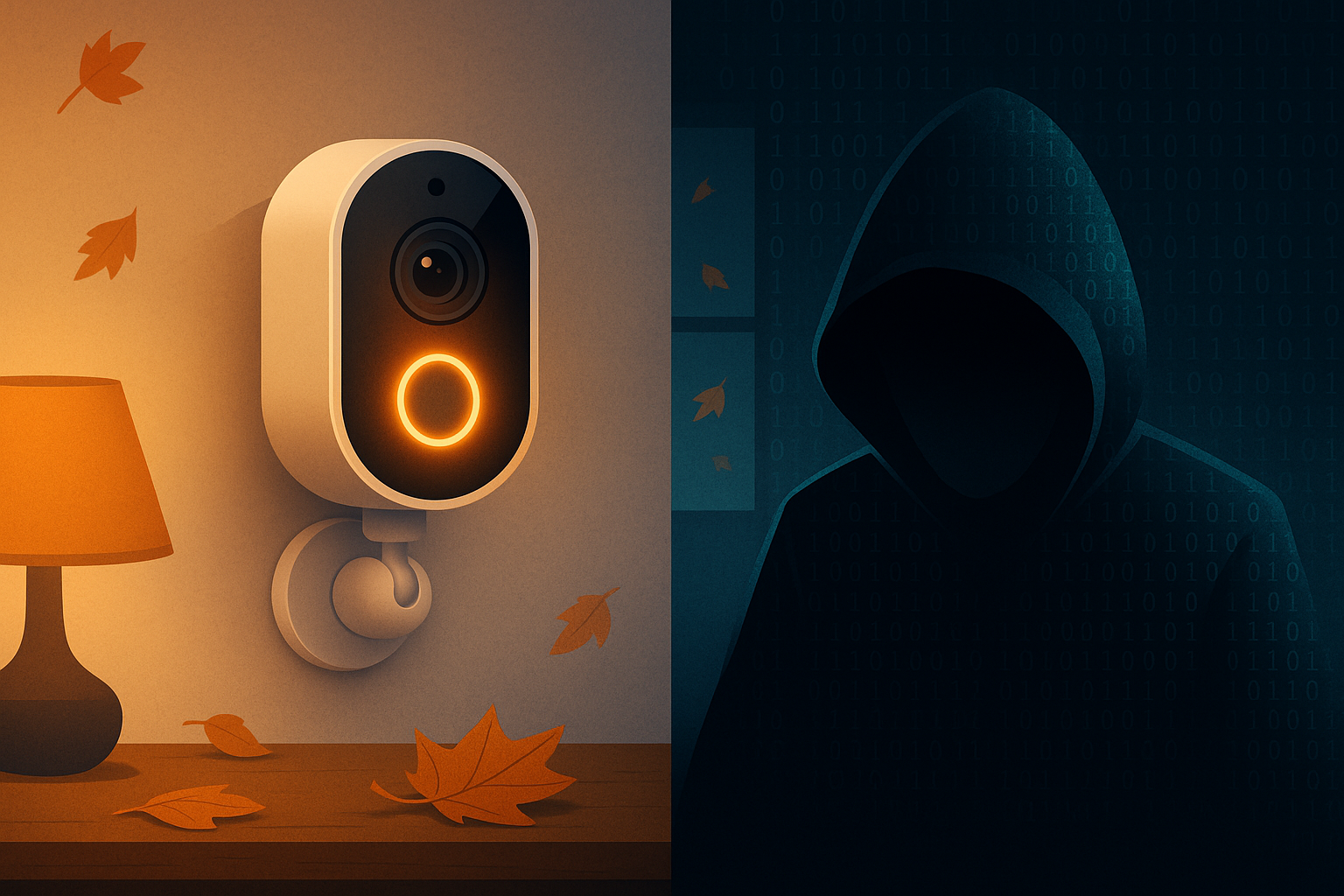October is Cybersecurity Awareness Month, and just like flu shots or furnace checkups, it’s a great time to build habits that protect what matters most.
And in senior care, what matters most is trust. Trust from families, from residents, from your staff. But trust can be shaken by a single click on a bad link or a forgotten software update.
Let’s make cybersecurity a part of everyday care, just like handwashing or fall prevention. Here are four habits that can help you protect your community, your data, and your peace of mind.
1. Make Cybersecurity a Daily Conversation
Cybersecurity shouldn’t be a once-a-year training or a binder that lives on a shelf. It should be something we talk about openly and often.
Remind staff in meetings how to spot phishing emails. Share headlines when another facility gets hit with ransomware. Keep the topic alive, so people stay alert.
When security is just part of the culture, it feels less like a chore and more like common sense.
2. Keep Compliance at the Heart of What You Do
HIPAA. CMS. Cyber insurance. It’s a lot to manage, and it changes often. But compliance isn’t just about checking boxes — it’s about showing your commitment to protecting your residents’ private information.
Update your policies regularly. Keep training logs and backup test records handy. And make sure leadership can easily explain your security measures to regulators, insurers, or the board.
Clear documentation = peace of mind.
3. Practice for the Worst Before It Happens
If ransomware locked up your systems tomorrow, what would you do?
Continuity means having a plan, testing your backups, and knowing who does what when things go wrong. A good first step: try restoring just one file from backup. Did it work? How long did it take?
Even small tests help you find gaps before disaster strikes.
4. Build a Culture Where Security is Everyone’s Job
Your staff is your first line of defense. The more they understand, the safer your residents will be.
Use password managers. Turn on MFA. Celebrate the team member who catches a suspicious email.
When people feel responsible and supported, they take more care.
Final Word
Cybersecurity isn’t about fear. It’s about confidence.
Let’s help your community build habits that keep residents safe, regulators satisfied, and your leadership stress levels low.
Contact us, we’ll help!
763-335-9255
https://www.bouncebacksolutions.com/contact
















